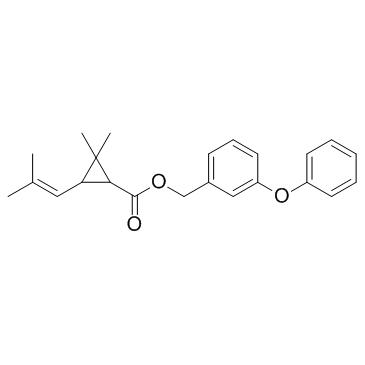| 结构式 | 名称/CAS号 | 全部文献 |
|---|---|---|
 |
苯醚菊酯
CAS:26002-80-2 |
|
 |
顺式氰戊菊酯
CAS:66230-04-4 |
|
 |
苄蚨菊酯
CAS:10453-86-8 |